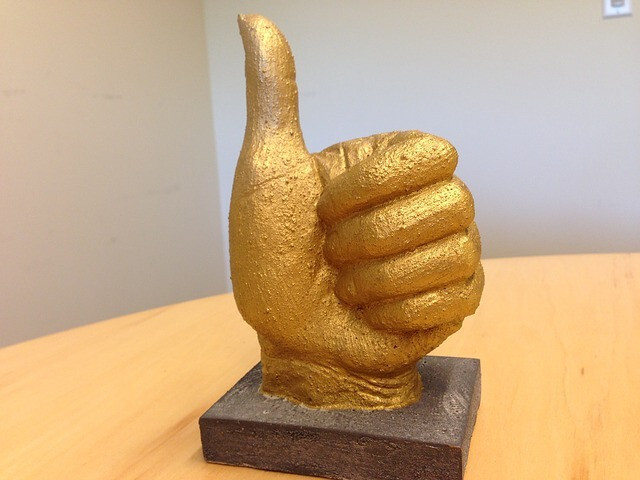Clients are the soul of any business, so it is important to manage them effectively. Here are a few tips for better client management;
1. Prepare
When you have a meeting set up with a client, it is because they need your expertise in solving a problem, creating a company, handling a business transaction, or representing them in litigation; all for which you need to prepare.
2. Do Due Diligence
The due diligence step goes hand-in-hand with your meeting preparation. In this regard, there are two types of due diligence you must conduct.
a. Study the client
b. Conduct research regarding the main issues and questions the client has.
3. The First Impression: Look and Act Professionally
First impressions count. Maintaining professional appearance and demeanor sends a signal that you can perform your job effectively. This is even more critical when you meet the client on a Friday or a Saturday, days where we are usually more casual in the office. Dressing casually on
4. Do Not Use Your Office
Unfortunately, your office is a trap with all types of distractions. When you meet with the client for the first time (or any time) you need to be engaged and focused. If you have the meeting in your office you will hear or see emails pop up on your screen, your phone might ring one or several times, people will sneak their heads in to tell you that you have another meeting in fifteen minutes. You don’t want that and the client will get the impression he or she is not your top priority.
5. Start on Time
Always start your meeting on time. Again, this goes hand in hand with showing your preparedness and professionalism. It’s not only your time being invested here, the client also set apart a specific time in their busy agenda to meet with you.
6. Have an Agenda of Key Points: Keep the Client on Track
Time is money, and by now you know how much your time costs the client.
7. Manage a Client’s Expectations
Managing the client’s expectations is critical. First, you can manage potential outlooks if you prepare and study the possible outcomes of the issues at hand. Keep in mind, however, that you are not bulletproof and certain things might be completely out of your control; you need to identify those too.
8. Give the Client Action Items and Follow-Up
Through the course of the meeting it is very likely that you’ll identify other issues and discover other documents in the client’s possession that you need. Make a list of these documents and hand it to the client. Give a rough deadline for when you need these documents.
9. At the End of the Meeting
Once the meeting is winding down, go over any final subjects and ask the client if they have any questions or doubts. This will assure the client you have their best interest at heart.
In addition, thank the client for taking the time to meet you and reassure them you will be in touch if any issues or alternatives come up; encourage two way communication.
Accompany the client to the reception area and shake their hand one more time. Leave them with the feeling that their case is in the right hands.
10. Trust Yourself and What You Know
“True, trust necessarily carries with it uncertainties, but we must force ourselves to think about these uncertainties as possibilities and opportunities, not as liabilities.”
I hope they help!
Great list, don't think I can add to the list, so I'll add some detail - Prepare - most client meetings are a negotiation of some sort, it you prepate well you will clarify that. If you are negotiating it is especially important to prepare in advance, and a mnemonic I learned was LIM-it L = Like, what would be a fantastic outcome I = Intend, where you expect to be M = Must, your bottom line The preparation consists of listing several items in each category. You can be surprised how many things there are beyond money. And the more you understand about the potential negotiating points, the better you will be, as you can often trade a 'low value to you' item with a 'high value to the client' item. AlanF |
Recent Posts Improving Website Visibility and Performance for E-commerce 1 comments How BusinAssist Supports Entrepreneurs with Company Formation & Virtual Office Solutions in the UK, USA & Canada How resource smoothing worked for my business Accounts for International Payments and FX? Investigating the Integration of Salary Sacrifice in Fleet Administration 3 comments A New Year begins - what's your resolution? 5 comments  Businesses that aren't yours but you would recommend 15 comments profits and new van 2 comments Composite front door 4 comments Vat / Vat Exempt 1 comments Artificial Grass Las Vegas aliexpress.com 2 comments Employee management? 8 comments  Box Ticking /Greenwash 1 comments  Business vanity awards - scam or good marketing? 1 comments |
